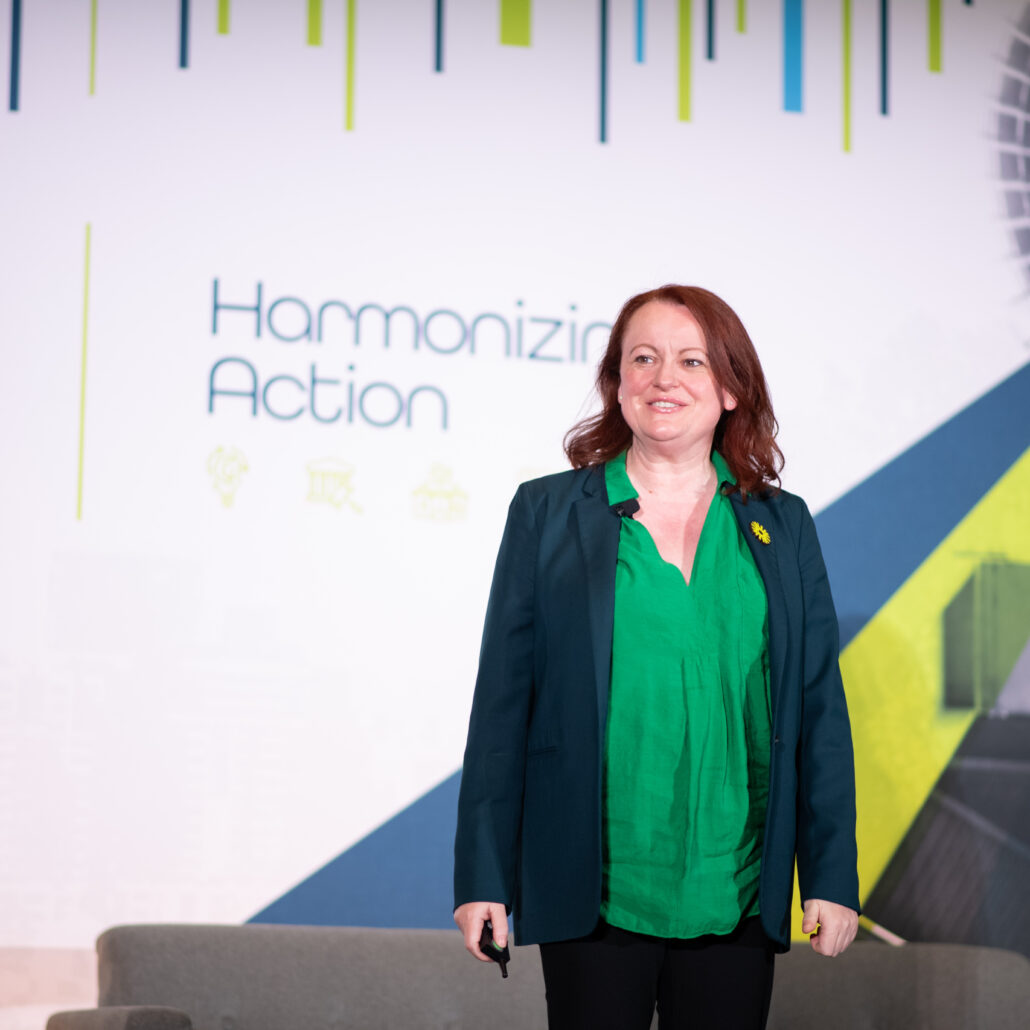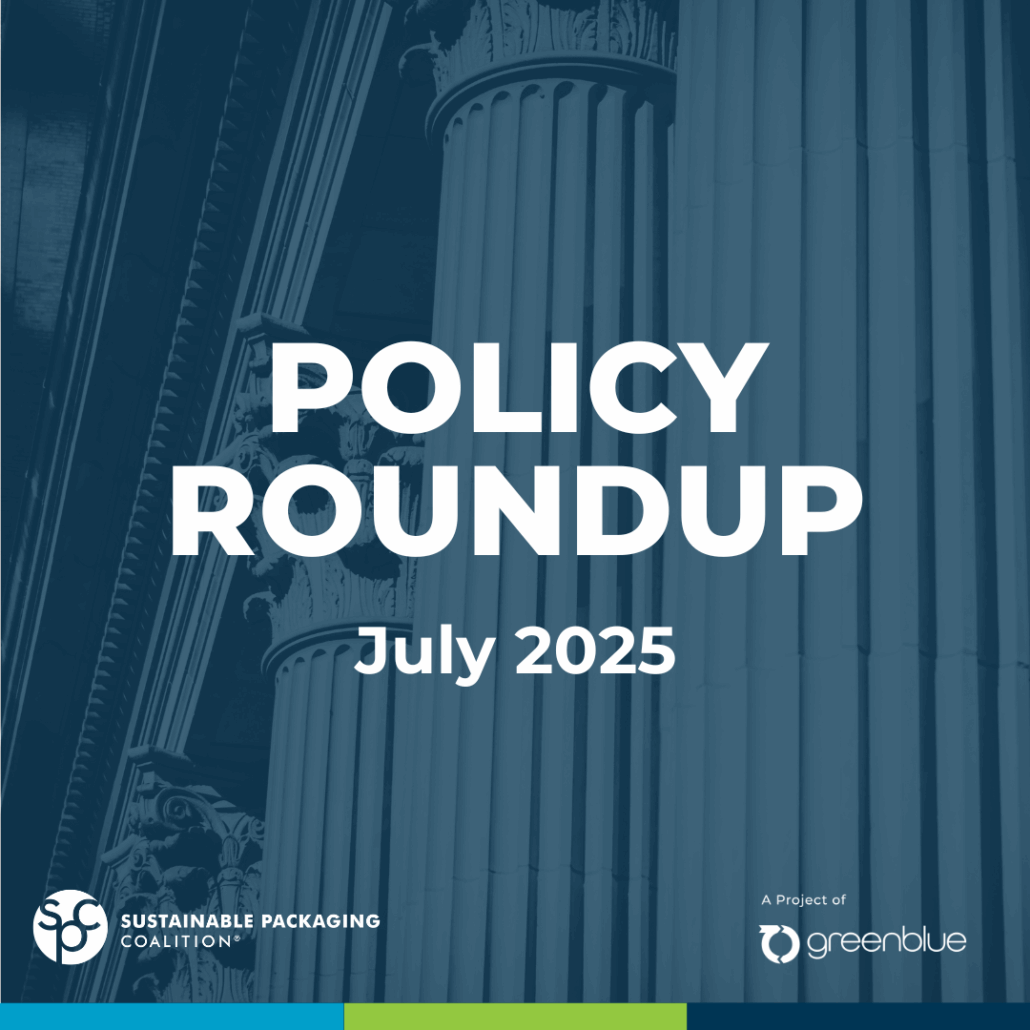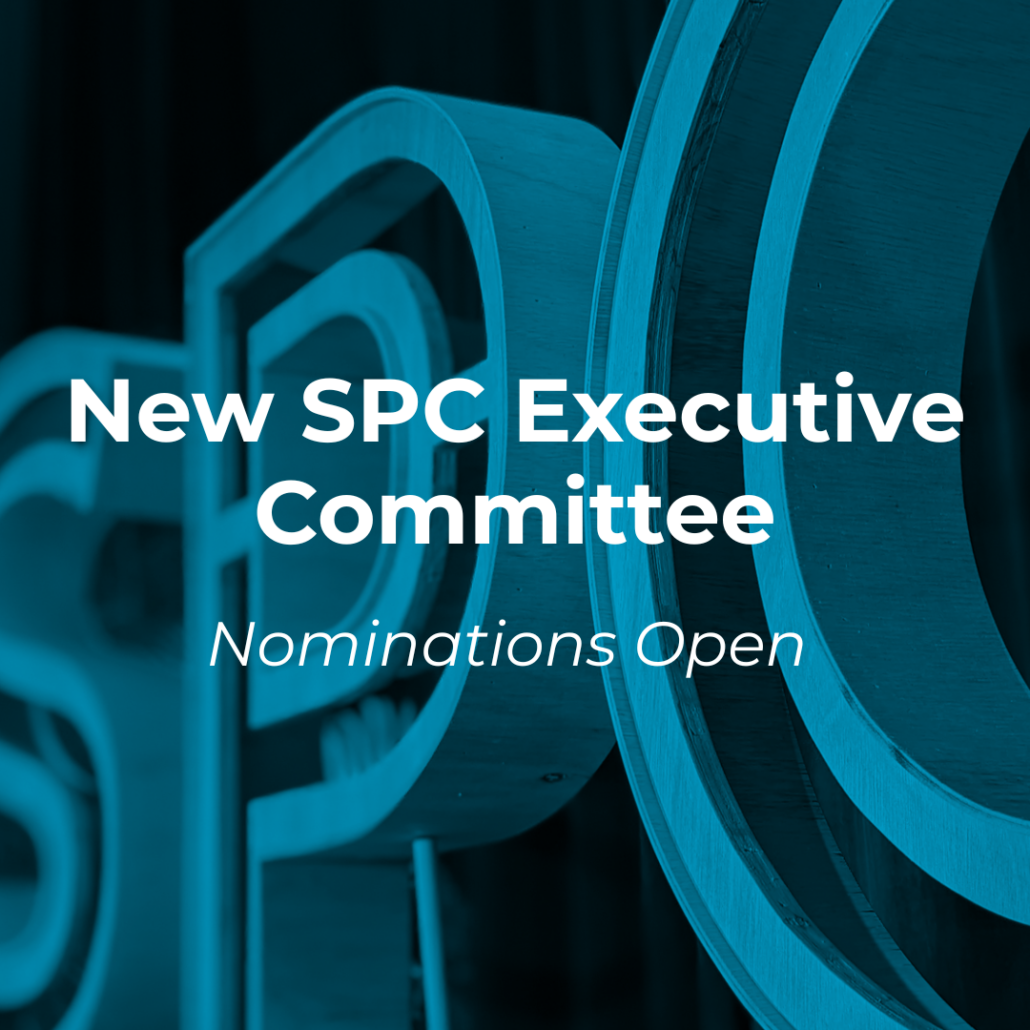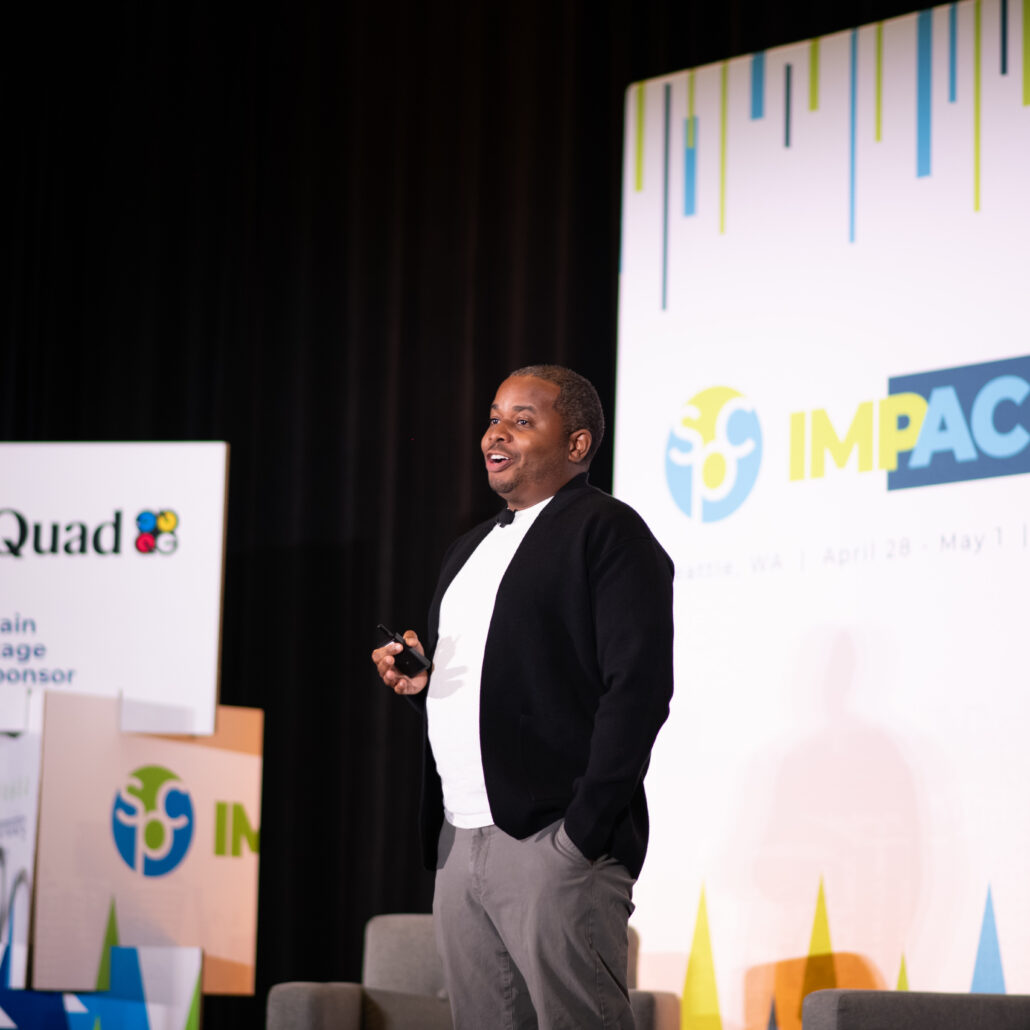At SPC, experts from across the value chain come together, working alongside one another in our Collaboratives to scale sustainable packaging — a goal that requires broad consumer understanding, engagement, and participation in sustainable packaging practices. At SPC Impact this year, we heard a clear message from Futerra’s Solitaire Townsend on how we can get consumer buy-in: Sustainable packaging solutions must resonate with consumers — not just in principle, but in practice. Achieving that might mean it’s time to switch the script. Let’s dive into what we learned.
—
There’s a subtle but powerful difference between “Please Recycle” and “Thank You for Recycling.”
“‘Please Recycle’ makes the audience feel like an immoral actor, but ‘Thank You for Recycling’ switches the script,” Solitaire Townsend said at SPC Impact 2025. “It turns you from being the parent, telling the child consumer what to do, to you being the peer, thanking your customer for what she’s done.”
For years, experts have worked to meet the challenge of getting consumers to understand and participate in sustainable packaging practices. According to Solitaire, the Co-founder and Chief Solutionist at Futerra, for too long, we haven’t used the right script to inspire sustainable consumer behavior change.
“When we talk about other value propositions, we focus on how we can serve and center the consumer. But on sustainability — on packaging — we expect consumers to make purely moral decisions or even sacrifices.”
How can we switch the script to get people to adopt sustainable packaging products and practices?
We can rethink the values-action gap
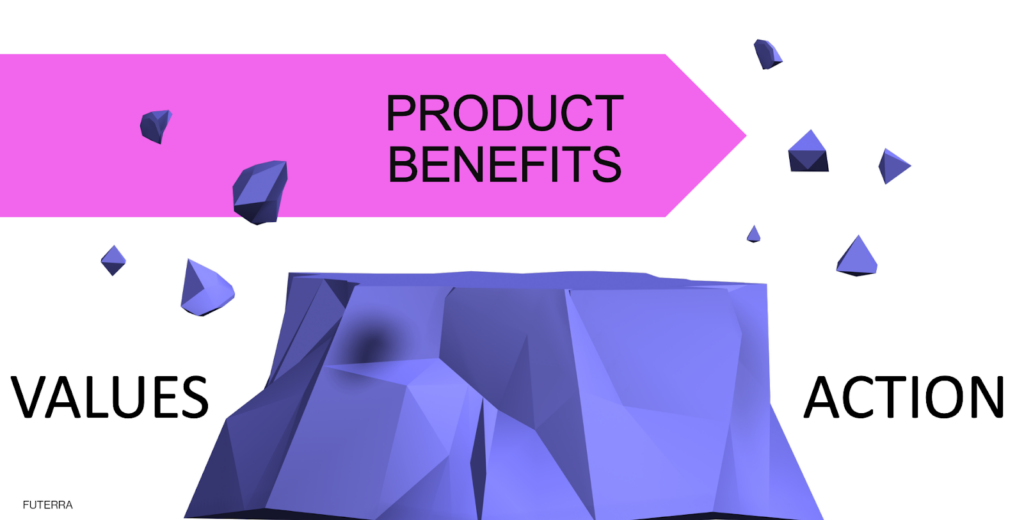
During her session, Futerra’s Solitaire Townsend encouraged elevating the benefits of sustainable packaging — focusing on what it offers consumers, rather than what it asks of them — to help move from shared values to real-world action.
According to Solitaire, too often, sustainability claims are centered on the company, not the consumer. Messaging like “made with 80% recycled content” highlights what a brand has done, but fails to speak to what the consumer gains.
Unlike other areas of marketing, where we tailor messages to meet consumer needs, sustainability messaging often assumes the consumer will act out of duty or guilt. This has led to belief in a “values-action gap” — the belief that people care about sustainability, but don’t act on it. According to Solitaire, “The real issue isn’t a gap, it’s a series of barriers.”
These barriers are practical and emotional: Is the sustainable option available? Affordable? Trustworthy? Will it require sacrifice? Is it socially accepted? Does it fit consumers’ habits, lifestyles, identities?
If we want to drive real behavior change, it’s time to shift our approach. Instead of asking consumers to be moral heroes, we should focus on breaking through barriers with clear, compelling benefits.
Three keys to adoption: Appealing to functional, social, and emotional benefits for sustainable packaging
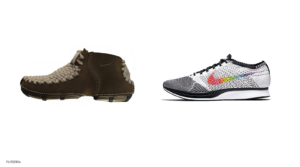
The Nike Flyknit sneaker (right) used less plastic than traditional sneakers, but instead of elevating its sustainability, the company marketed the sneaker’s lighter weight — its functional benefits — to appeal to runners.
To inspire consumers to choose sustainable options, Solitaire urges us to focus on valuable benefits rather than asking for sacrifices. She highlights three key benefit types: functional, emotional, and social.
1. Functional Benefits
What makes a product higher quality, time-saving, easier to use, more effective, or better value for money? Appealing to the functional benefits of sustainability can look a bit like Nike’s pivot from its early sustainable shoe — often dismissed as the “Air Hobbit” — to the Flyknit sneaker. The first didn’t align with brand expectations or offer clear consumer value. But the Flyknit was lighter, faster, more comfortable, and more sustainable. Consumers chose it for its performance, not principles.
In Packaging: This could mean designing easy-to-refill formats or highlighting functional benefits of material changes — like switching from single-use plastic pouches to aluminum, and elevating that the switch keeps drinks cooler longer.
2. Emotional Benefits
Emotional benefits beg the question: How do we make consumers feel like a hero? Solitaire gave an example where the consumer’s role in sustainability — not the brand’s — took the spotlight. A toilet paper brand supporting clean water and restroom access for billions didn’t highlight its own efforts; instead, with messaging like “Your bum is a hero,” it celebrated and centered the consumer’s role in building a better world.
In Packaging: Messaging that thanks consumers for making a difference, like “Thanks for keeping our oceans clean” can turn a simple refill or recycle into a feel-good, identity-affirming choice.
3. Social Benefits
Social benefits make consumers feel like they’re connected to others or part of something bigger. Solitaire shared a McDonald’s example: to boost recycling, they simply lowered bin heights so kids could reach them. There’s little personal payoff for recycling in restaurants, but giving kids the chance to clear their own trays created a small, shareable moment of pride. “And if there’s one group of people who like putting the right thing in the right box, it’s children.” Parents who would normally be motivated to get out of a restaurant with young kids as soon as possible stuck around 18 seconds longer — not for sustainability’s sake, but to celebrate their “angel children.”
In Packaging: Cues like clear recycling instructions, community impact stories, or co-branded initiatives can help consumers feel part of a larger movement.
Your Role in Switching the Sustainable Packaging Script
When sustainability offers tangible benefits, it stops being a burden and starts being the better choice for consumers. As Solitaire Townsend showed, consumers don’t want to be guilted into action. They want to feel seen, served, and celebrated.
As sustainable packaging experts, we have the power to switch the script. Instead of asking consumers to act out of guilt or sacrifice, we can design packaging that delivers clear functional, emotional, and social benefits.
How can you determine what those benefits are for your brand? Get involved with GreenBlue’s consumer education campaign to improve recycling. Get in touch at marketing@greenblue.org.


